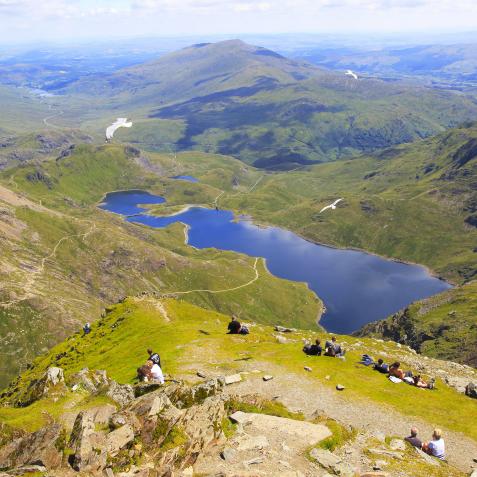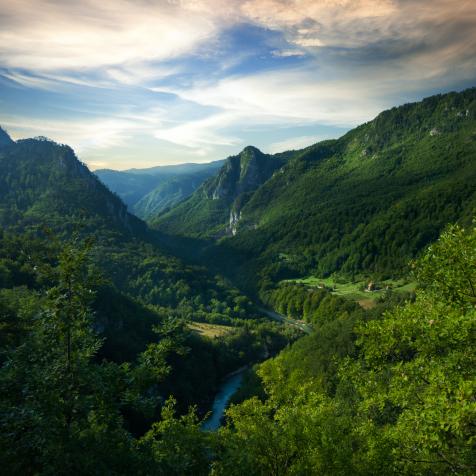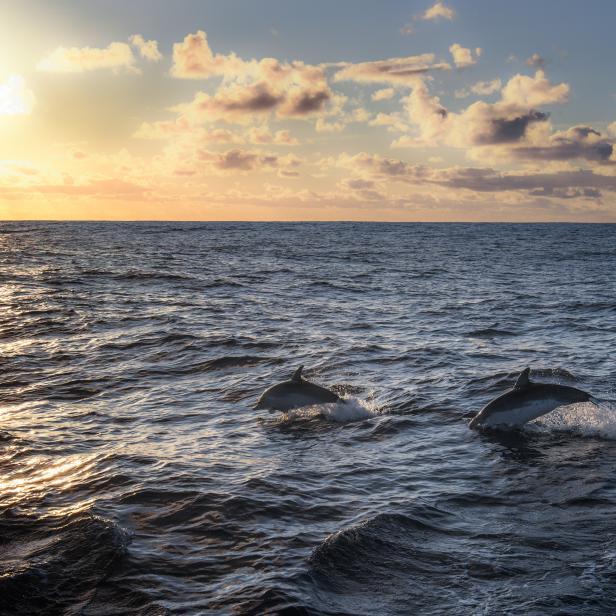
Posnov
Fishermen Were Once Banned from These Protected Waters - Now That's All Changed
Fishermen in the South Atlantic will be able to cast their lines for black sea bass once more thanks to innovative new ropeless gear technology.
For almost a decade fisheries inside 90 feet of water were shut during winter months, meaning around 15,000 square miles of prime fishing waters were out of bounds. The measures were introduced by the National Marine Fisheries Service in order to protect the North Atlantic right whales, which calve off the Florida and Georgia coasts in the winter months.
The North Atlantic right whale, a stocky, black animal with no dorsal fin, is one of the world’s most endangered large whale species, with the latest estimates suggesting there are fewer than 350 left. One of their main threats is entanglement in fishing gear, alongside climate change impacting their feeding and migratory patterns, as well as the impact of ocean noise on their ability to find food and navigate.

by wildestanimal
Atlantic right whale swimming above the sea floor.
NOAA’s goal is to reduce human-caused deaths to less than 1 animal per year; the average number of documented deaths and serious injuries caused by entanglement is 8.6 animals a year.
For some time, conservationists have believed that new technologies like ropeless gear could dramatically reduce or eliminate right whale entanglements while allowing fishermen to continue their livelihoods.
Ropeless gear essentially means the deployment of gear without fixed vertical buoy ropes in the water column.
The gear has been developed by a number of scientists, conservationists, and institutions, including the Woods Hole Oceanographic Institution and Center for Biological Diversity, to provide fishermen with a viable, realistic alternative that enables them to continue fishing.
Most trap fisheries run thousands and thousands of strong, thick ropes through the water, connecting buoys on the water’s surface to heavy traps on the seafloor. The ropes can get caught in whales’ mouths, fins, or tails, cinching down and cutting into their flesh as they drag the heavy traps along the seabed. If they don't drown, the fishing gear can prevent the whales from feeding or can cause so much stress that they won’t reproduce. Sea turtles can also suffer similar fates.
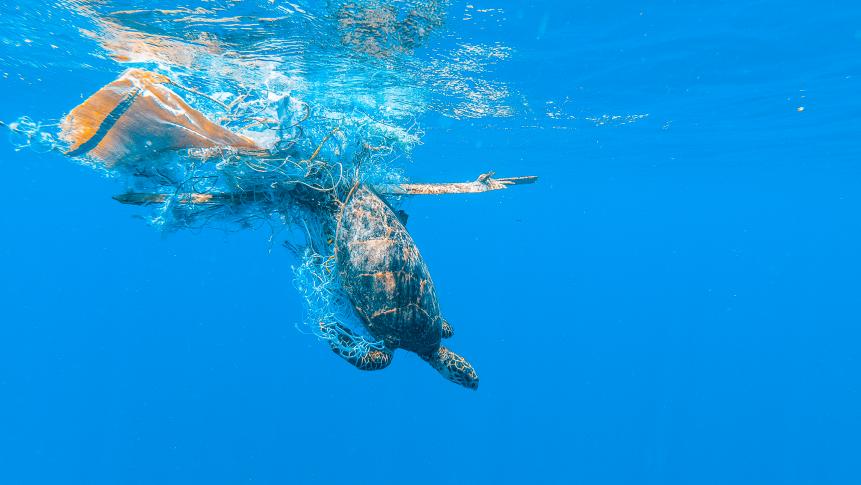
Ahmed Areef / EyeEm
Sea turtle entangled in fishing nets.
So how does the ropeless gear work?
Pop-up traps use lift bags or buoys attached to rope that is stored at the seafloor either in bags, containers, or coiled around a spool. When fishermen want to check their traps, rather than looking for surface buoys, they use GPS to locate the area where the seabed contraption is located and send an acoustic signal to trigger the contraption to float to the surface, bringing the traps along with them – and thus eliminating the vertical fishing lines.
There have already been successful trials in California with Dungeness crab fishers, and in Australia, many fishers already use pop-up buoys.
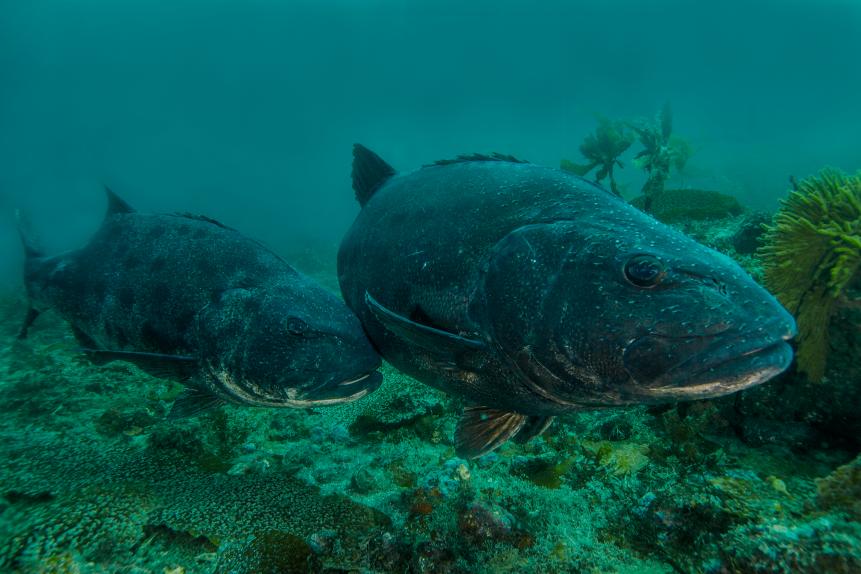
Douglas Klug
Courting behavior between to giant black sea bass at Anacapa Island in the Channel Islands National Park
But back to the South Atlantic
Fishermen from four states – the Carolinas, Georgia, and Florida – will be able to use the ropeless gear to fish for black sea bass when whales are present in the waters – ie, in the winter months – under an Exempted Fishing Permit that has been issued to Sustainable Seas Technology, a nonprofit that has been working with commercial fishermen o test and deploy fishing gear across North America and Europe.
The gear is, of course, controversial; some have questioned its effectiveness, cost, and impact on fishing communities. There have also been concerns raised over ghost fishing: whether the gear could get lost and become another peril for marine life.
Black sea bass has been a high-value fish for locals along the South Atlantic, and so the closure of the fishery during the winter months hit families hard. With the fishery now open again – albeit on strict terms and conditions – only time will tell whether ropeless gear will help fishermen feed their families.
From my standpoint, the fishery is either open or closed — open is a lot better,” Scott Buff, owner of Sea Peddler Seafood in Supply, North Carolina, told the National Fisherman. “The gear is so simple to use, it’s stupid,” Buff says. “There’s a little bit of a learning curve, but the gear is easy to use and does what it’s supposed to.”











